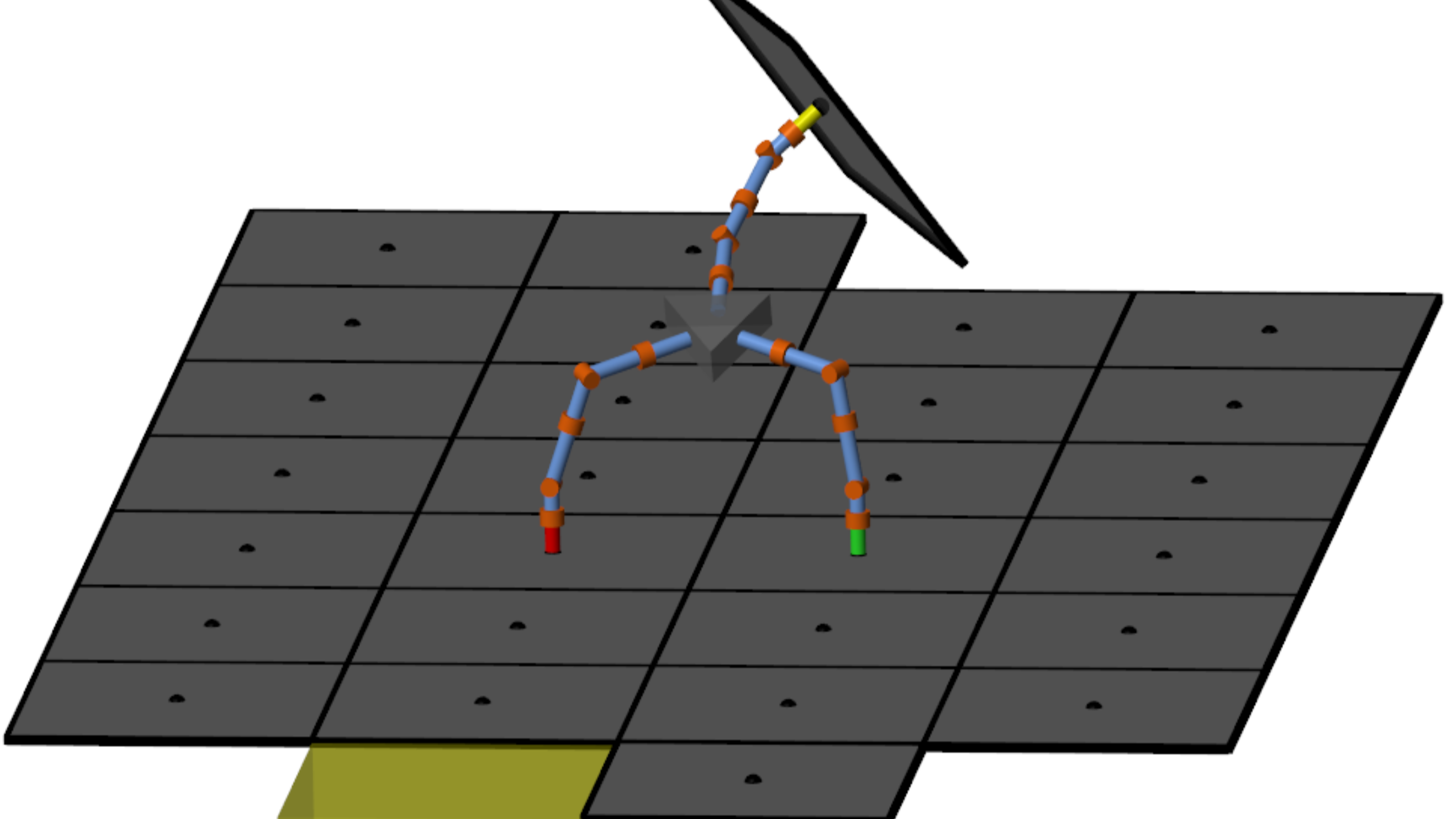Future space missions face a major challenge in assembling large and flexible structures like solar panels and telescope mirrors, which demands precise, adaptable and autonomous robots for In-Orbit Servicing (IOS) applications.
The literature lacks adequate modelling and control for complex missions, especially when the flexibility of structures is crucial for mission safety. ESA's SOLARIS is a pioneering effort to assemble a multi-kilometer mechanical system in space, addressing this challenge.
At the same time, the increase of high accuracy Science missions, like the recent launches of the James Webb telescope and Euclid demonstrated, comes with the use of large primary mirrors. These mirrors could be assembled by robots as proposed by the Multi-Arm installation Robot (MIRROR-MAR) project. This project aims to create an innovative robotic system capable of installing/releasing telescope modules, relocating itself over the telescope structure and utilising its end effectors to perform various tasks. The assembly of flexible structures demands a level of precision and versatility that multi-arm installation robots are uniquely qualified to provide. As technology continues to advance, these robots will play an increasingly crucial role in unlocking the potential of flexible structures in the space industry.
This research collaboration aims to develop and study a multi-arm robot model for assembling large flexible structures in space by certifying its feasibility and assessing its performance. The primary objectives of this activity are to model the system's dynamics, develop control algorithms and verify them through simulations and a hardware-in-the-loop (HIL) demonstrator. The ultimate goal of this collaboration is indeed to verify the efficiency of the proposed modelling and control approach thanks to both a real-time target microprocessors (like the GR740 LEON4 and the Zedboard Zynq-7000) and a robotic arm available at the ESTEC GNC Laboratory.

